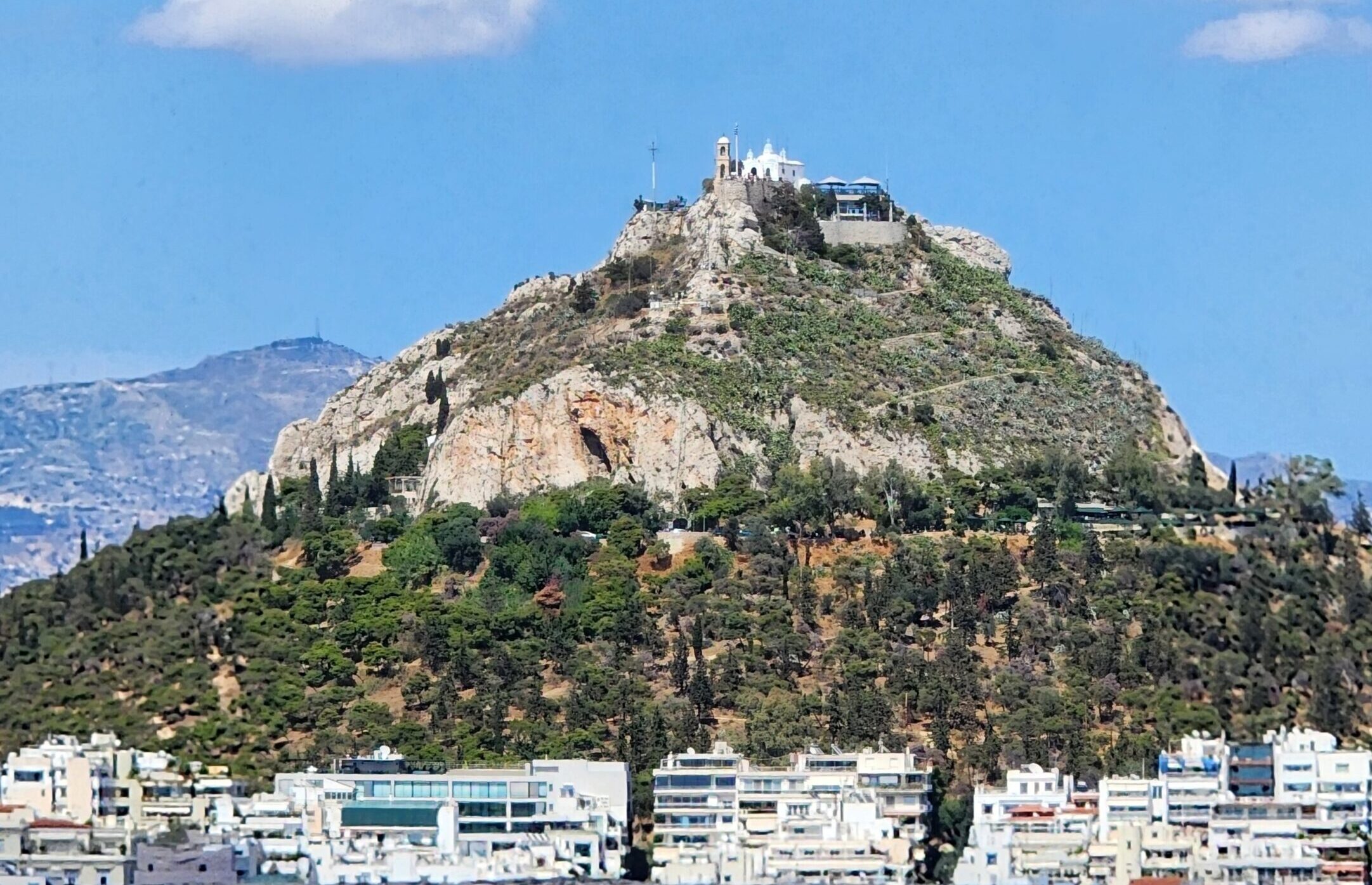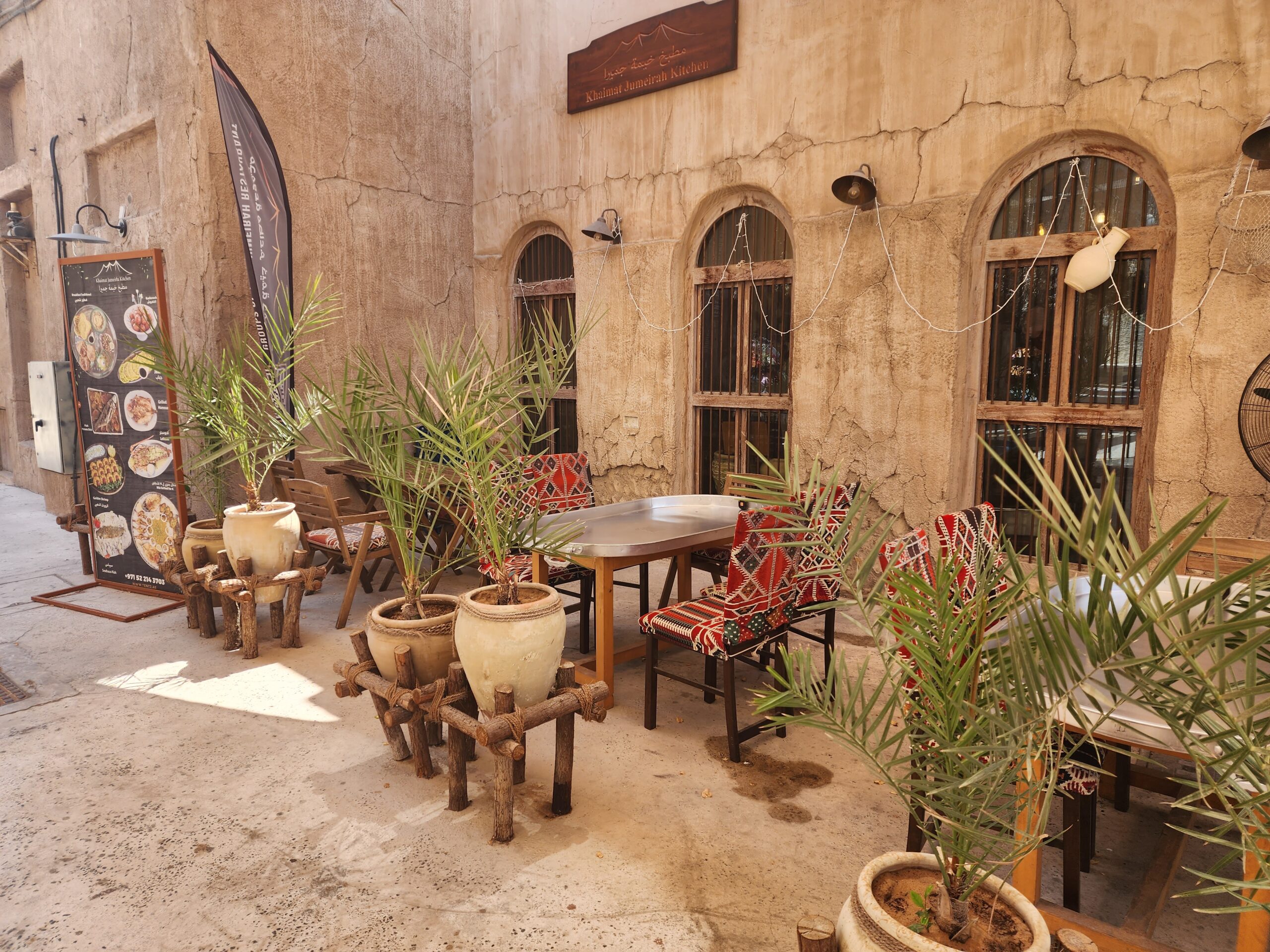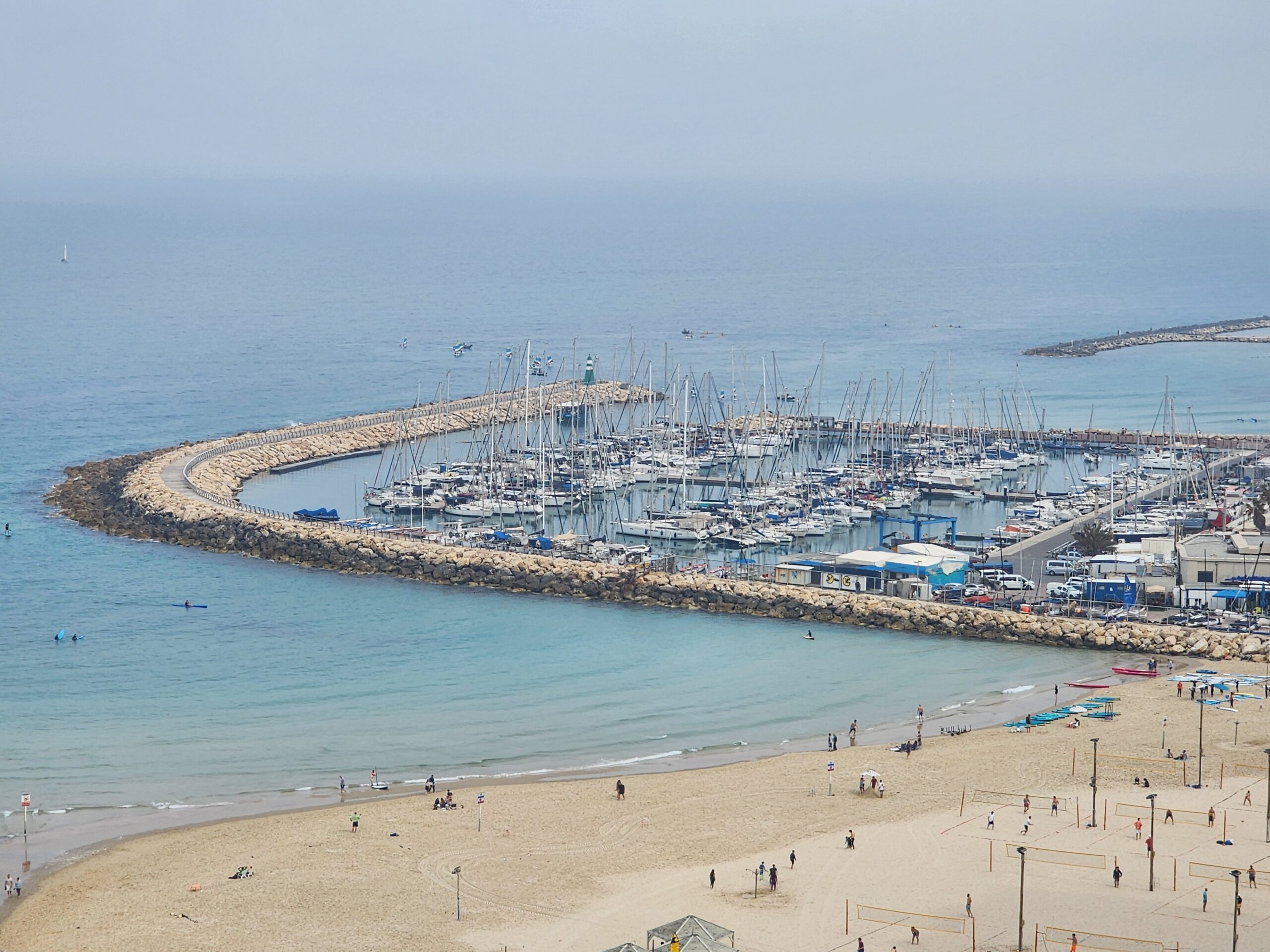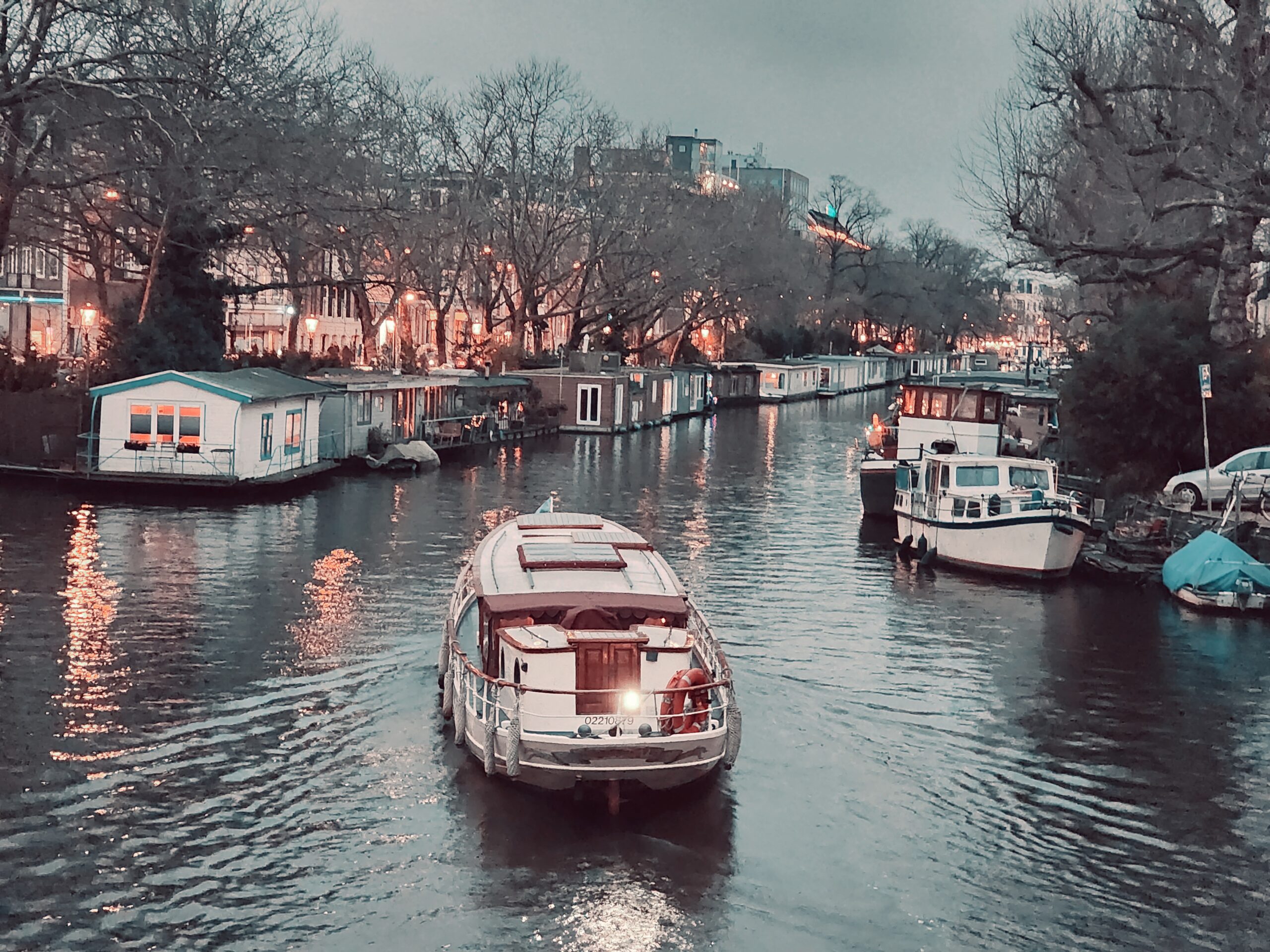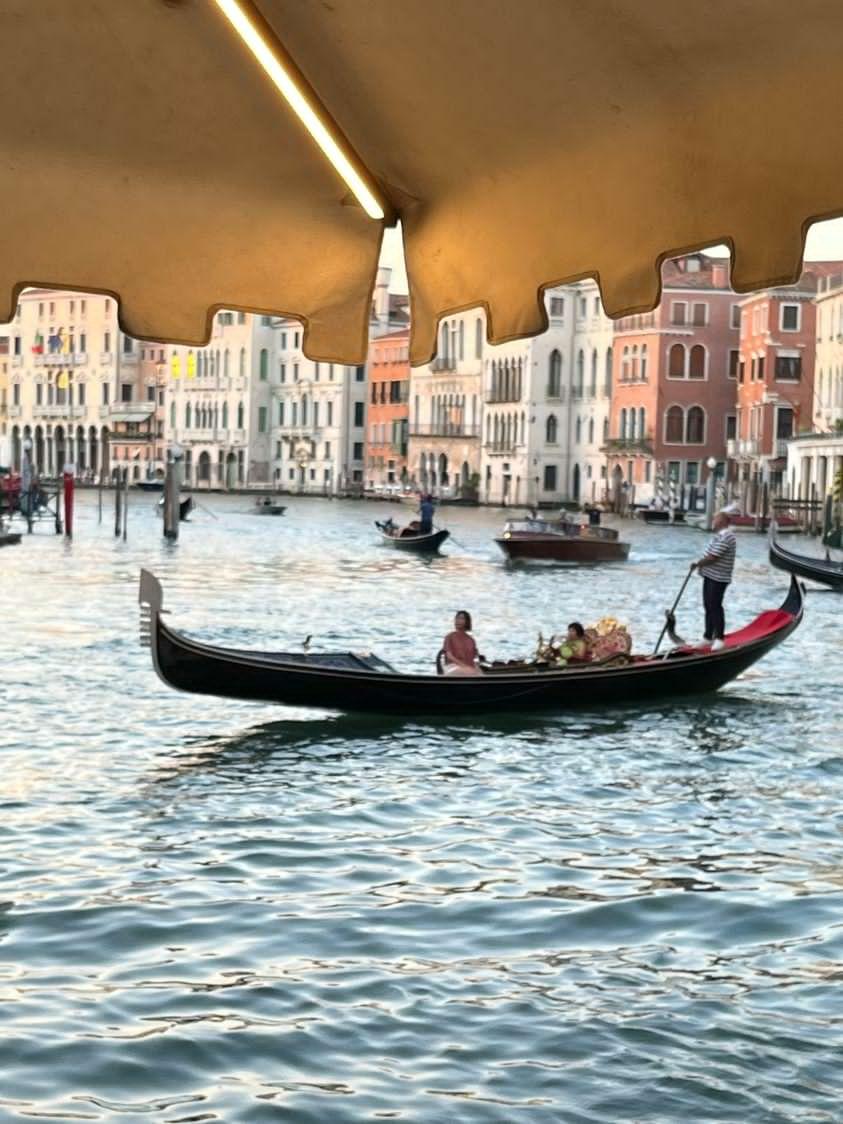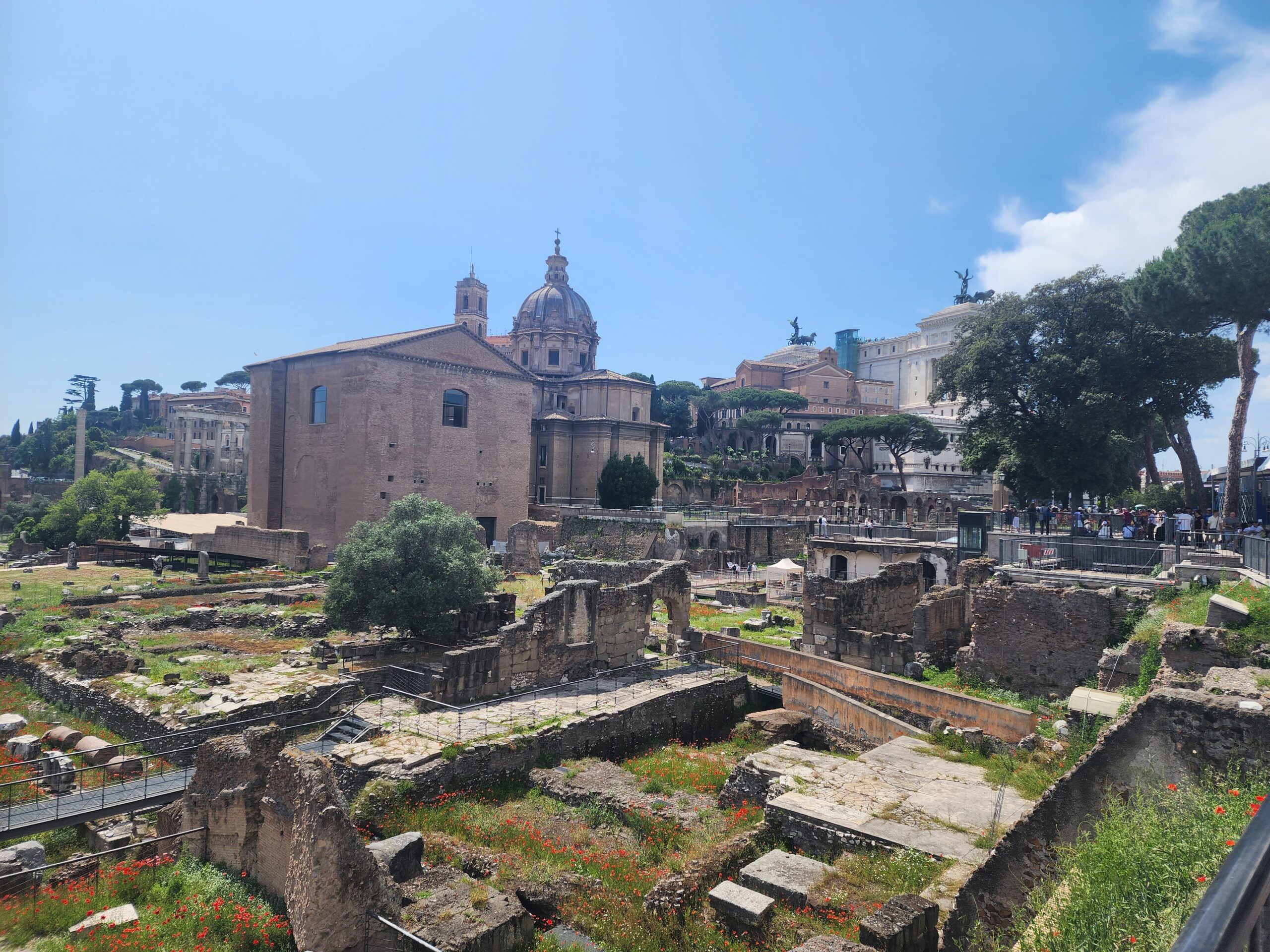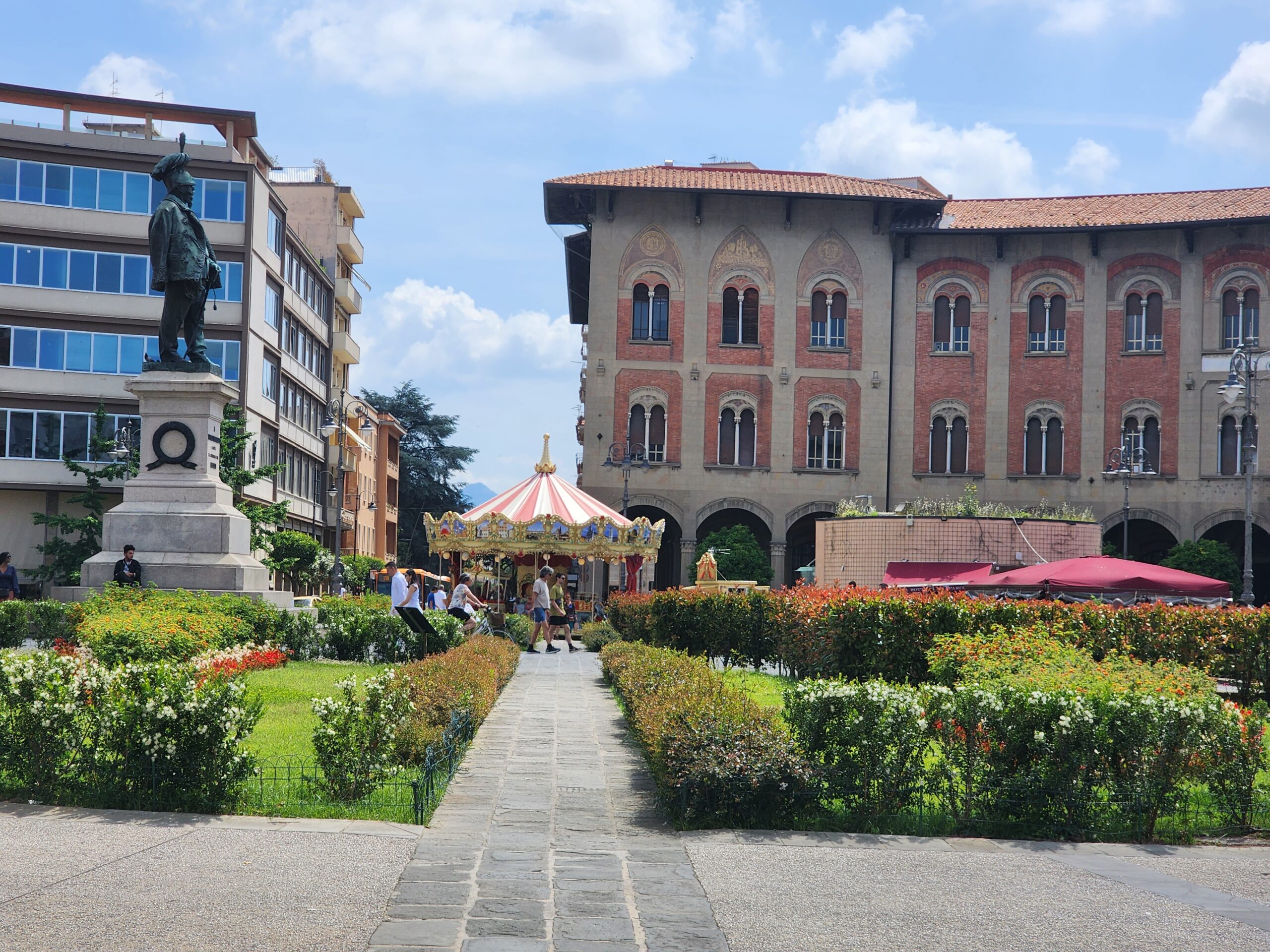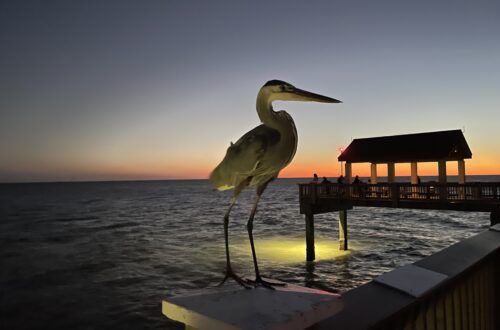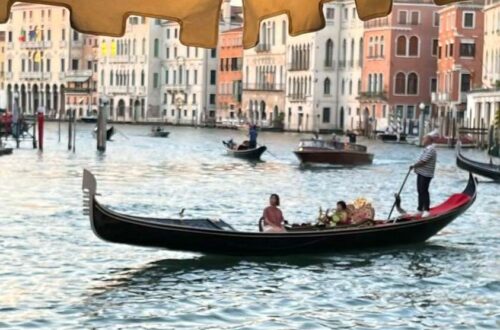Located in the heart of Tuscany, Pisa is a city known around the world for one iconic structure: the Leaning Tower of Pisa. While this iconic tower is undoubtedly the star attraction, the city has much more to offer in terms of history, culture, and beauty. Pisa combines its centuries-old heritage with a laid-back, charming atmosphere, making it a great destination for those looking to explore the heart of Italy.
Key Highlights of Pisa:
The Leaning Tower of Pisa (Torre Pendente): The Leaning Tower of Pisa is arguably one of the most famous landmarks in the world. Situated in Piazza dei Miracoli (Square of Miracles), the tower was originally intended to be a freestanding bell tower for the nearby cathedral. However, due to the soft ground, it began to lean shortly after construction began in the 12th century. Today, visitors flock to Pisa to take the iconic photo of themselves “holding up” or “pushing” the tower, though it’s also worth climbing the tower for stunning views of the city and the surrounding area.
Piazza dei Miracoli: The Piazza dei Miracoli is the monumental square where the Leaning Tower of Pisa is located, along with some of the city’s most important landmarks. Aside from the tower, the square also hosts the impressive Pisa Cathedral, the Baptistery of St. John, and the Campo Santo (the monumental cemetery). The entire piazza is a UNESCO World Heritage site and is a beautiful spot to explore, whether you’re admiring the buildings’ architectural details or relaxing on the green lawns.
Pisa Cathedral (Cattedrale di Santa Maria Assunta): The Pisa Cathedral, located in Piazza dei Miracoli, is an example of Romanesque architecture and one of the most important religious buildings in Italy. The cathedral’s intricate façade is adorned with sculptures and mosaics, and inside, you’ll find impressive artworks and a remarkable pulpit by Giovanni Pisano. The cathedral is also home to the famous Pisa Cathedral’s Bell Tower, which houses the Leaning Tower of Pisa.
Baptistery of St. John (Battistero di San Giovanni): The Baptistery of St. John, located right next to the cathedral, is the largest baptistery in Italy. The building’s beautiful Romanesque design, complete with a stunning dome and elegant arches, makes it an impressive site to visit. Inside, you can see the marble font where many of Pisa’s inhabitants were baptized. The acoustics inside the Baptistery are also renowned, so you may even catch a brief demonstration of the building’s incredible sound quality.
Campo Santo (Monumental Cemetery): The Campo Santo is a historical cemetery situated in the Piazza dei Miracoli and is known for its beautiful and serene atmosphere. The cemetery features stunning frescoes, marble tombs, and elegant arches. It’s a peaceful spot that provides insight into the city’s history and an opportunity to reflect on Pisa’s past.
Pisa’s Museums: Pisa is home to several fascinating museums, including the Museo Nazionale di San Matteo, which houses an impressive collection of medieval and Renaissance art. Art lovers will also want to visit the Museo dell’Opera del Duomo, which displays works of art and sculptures from the cathedral and the Piazza dei Miracoli. If you’re interested in science and technology, check out the Museo di Storia Naturale, which features exhibits on natural history, fossils, and more.
Borgo Stretto: For a more authentic experience, take a stroll through Borgo Stretto, one of Pisa’s most charming streets. Lined with medieval buildings, arcades, and local shops, Borgo Stretto gives you a taste of Pisa’s more traditional side. It’s the perfect place to wander and explore Pisa’s vibrant street life, cafés, and boutiques.
Arno River and the Bridge of the Four Moors (Ponte di Mezzo): The Arno River flows through the city, providing beautiful views and a peaceful ambiance. The Ponte di Mezzo, or Bridge of the Four Moors, is one of the most iconic bridges in Pisa, offering great views of the city and the river. It’s a lovely place to take a walk, particularly at sunset when the golden light reflects off the river.
Orto Botanico (Botanical Garden): Pisa is home to one of Italy’s oldest botanical gardens, the Orto Botanico di Pisa. Located near the city center, the garden was founded in 1544 and is a peaceful retreat with a rich collection of plants. It’s a great spot for those who enjoy nature and want to relax away from the crowds.
Pisa’s Food Scene: Pisa offers a variety of delicious Tuscan cuisine. Try local specialties such as ribollita (a hearty vegetable soup), cacciucco (a Tuscan seafood stew), and of course, cantucci (almond biscuits). There are many charming trattorias, cafes, and restaurants where you can enjoy the flavors of Tuscany.
How to Get There:
Pisa is easily accessible by both train and plane. Pisa International Airport (Galileo Galilei) is just a short distance from the city center and offers flights to and from various European cities. You can also reach Pisa by train, with Pisa Centrale being the city’s main railway station, connecting it to major cities in Italy like Florence and Rome. The city is small and walkable, so you can easily explore its main attractions on foot.
This post may contain affiliate links which means I may receive a commission if you click or purchase through the links. I will only recommend products I use myself. Learn more on my Disclaimer Page.

